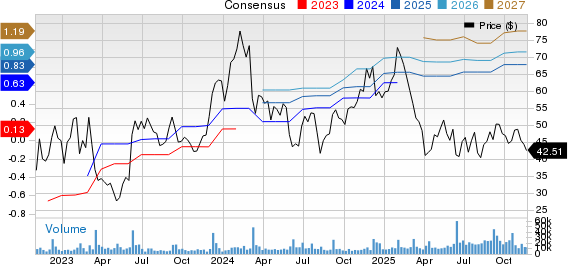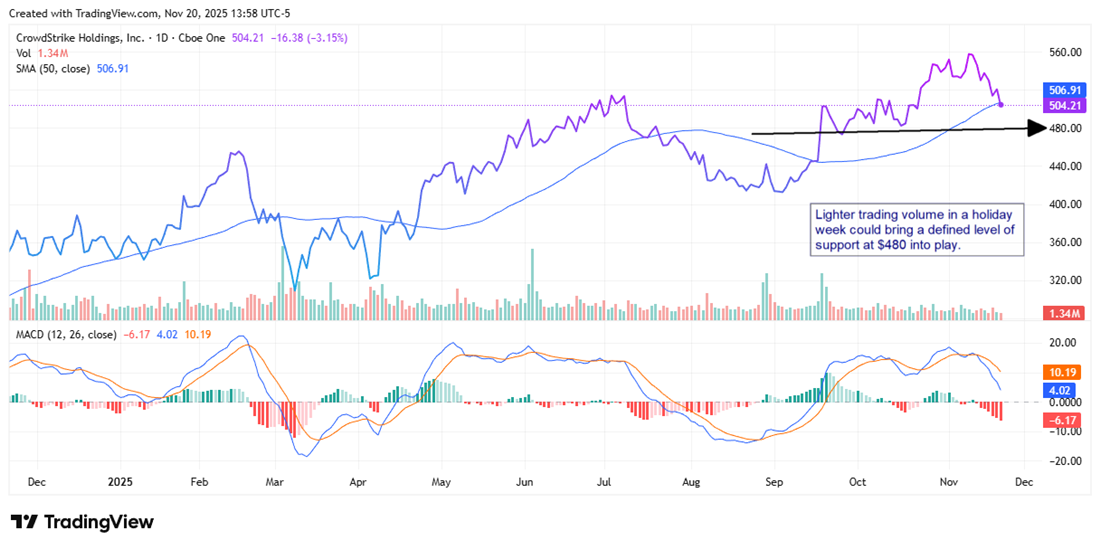The Dollar Index Surges to a 2-Year High Amid Strong U.S. Labor Market Data
Positive payroll numbers and inflation expectations bolster the dollar while impacting stocks and currencies.
The dollar index (DXY00) increased by +0.41% today, marking a two-year peak. This rise follows a stronger-than-expected U.S. December payroll report that caused bond yields to surge and further strengthened the dollar. The positive labor market signals led to reduced expectations of Federal Reserve interest rate cuts. The dollar also gained momentum from the University of Michigan’s January inflation expectations indicator, which unexpectedly spiked. Additionally, hawkish remarks from Fed officials earlier in the week added to the dollar’s strength, and today’s decline in stock values increased demand for the dollar’s liquidity.
In December, nonfarm payrolls in the U.S. rose by +256,000, surpassing the anticipated +165,000, marking the largest increase in nine months. The unemployment rate also fell unexpectedly by -0.1 to 4.1%, defying expectations that it would hold steady at 4.2%.
However, U.S. average hourly earnings for December unexpectedly eased to +3.9% year-over-year, against predictions of +4.0% year-over-year.
The University of Michigan’s January consumer sentiment index decreased by -0.8 to 73.2, falling short of the anticipated steady figure of 74.0.
Moreover, the January 1-year inflation expectations indicator from the University of Michigan rose to an eight-month high of +3.3%, exceeding the expected stability at +2.8%. The January 5-10 year inflation expectations indicator also unexpectedly surged to a 16-year high of +3.3%, surpassing expectations of no change at +3.0%.
Fed Governor Bowman commented, “The rate of inflation declined significantly in 2023, but this progress appears to have stalled last year with core inflation still uncomfortably above the FOMC’s 2% goal. Thus, I continue to prefer a cautious and gradual approach to adjusting policy.”
Similarly, Boston Fed President Collins indicated her preference for fewer rate cuts than previously expected, suggesting that a more measured approach is warranted due to “considerable uncertainty” regarding the U.S. economic outlook.
Kansas City Fed President Schmid shared his perspective, stating, “With inflation close to target and growth showing continued momentum, I believe we are near the point where the economy needs neither restriction nor support, and that policy should be neutral.”
Currently, markets anticipate only a 3% chance of a -25 basis points rate cut at the upcoming FOMC meeting on January 28-29.
The EUR/USD (^EURUSD) has decreased by -0.29%, hitting a two-year low. The strong U.S. payroll data lead to the dollar’s ascent, putting pressure on the euro. Nevertheless, losses in the euro are contained as the 10-year German bund yield reached a six-month high, providing some support to the euro’s interest rate differentials.
Market swaps indicate a 94% probability of a -25 basis points rate cut by the European Central Bank (ECB) during its next meeting on January 30.
The USD/JPY (^USDJPY) fell by -0.51% today. Although the yen initially dropped to a five-and-three-quarter-month low against the dollar due to the positive U.S. payroll report, short covering emerged amid concerns that Japanese authorities may intervene to support the yen. Reports suggest that Japan’s authorities are monitoring rates in the cash currency market. Additionally, the yen found support from Bloomberg’s report indicating that Bank of Japan (BOJ) officials are expected to discuss raising their inflation projections at a policy meeting this month, especially after a notable rise in rice prices and the yen’s depreciation since the last forecast report in October.
The yen’s decline followed the better-than-expected U.S. December payroll data, which pushed both the dollar and Treasury note yields higher.
In Japan, the November leading index CI fell -2.1 to 107.0, which was less than market expectations of 107.2.
Household spending in Japan for November declined by -0.4% year-over-year, reflecting a smaller drop than the predicted -0.9% year-over-year.
February gold (GCG25) rose by +36.30 (+1.35%), and March silver (SIH25) gained +0.500 (+1.61%). Precious metals climbed significantly, reaching four-week highs, driven by increased demand for safe havens amid fears surrounding President-elect Trump’s potential tariff policies, which may lead to a global trade conflict. CNN reported that Trump is considering declaring a national economic emergency to implement his tariff agenda. Demand for precious metals intensified after the University of Michigan’s January inflation expectations indicator unexpectedly skyrocketed, making them a popular hedge against inflation. Additionally, the downturn in stock markets has further fueled the demand for these metals.
Despite the dollar index reaching a two-year high, precious metals experienced a sharp increase. The stronger-than-expected U.S. payroll data diminishes the likelihood of further Fed interest rate cuts, which typically exerts downward pressure on precious metals. Rising global bond yields also pose a bearish factor for these assets. Moreover, a recent Bloomberg report highlighted that BOJ officials may discuss adjusting their inflation outlook at the upcoming policy meeting, potentially leading to increased interest rates.
On the date of publication,
Rich Asplund did not have (either directly or indirectly) positions in any of the securities mentioned in this article. All information and data in this article is solely for informational purposes. For more information, please view the Barchart Disclosure Policy here.
The views and opinions expressed herein are the views and opinions of the author and do not necessarily reflect those of Nasdaq, Inc.






